never interfer any paralytic unless 6 months has passed - same as truama Z non- is for surgeries
History:
- Presenting symptoms of Strabismus
- Deviation of the eye (cosmesis)
- Unexplained visual loss in a normal looking eye (Microtropia
- Double vision
- Torticollis (abnormal head posture)

3 most important questions:
- Age of onset
- Constant or intermittent
- Unilateral or alternating
Role of GP
- Confirm Diagnosis
- Decide on urgency
- Teach patients
- Referral to Ophthalmologist
Examination: by 5 Q Three objectives:
- Confirm the diagnosis
- Diagnose type of strabismus
- Differentiate paralysis from no paralysis
Examination of Squint
1-Unilateral or alternating ?
- Steps: - Ex:Right eso -VA -cover test: Ex: Right Conv squint in 1ry position
- This case can be 1) Right conv or
- 2)alternating conv squint
Steps:
- 1-Cover left eye (non squinting eye)
Diagnosis

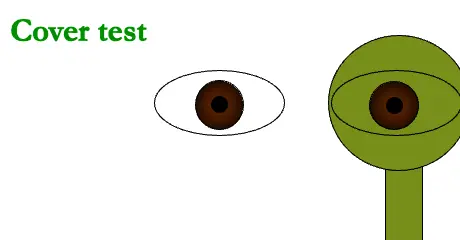
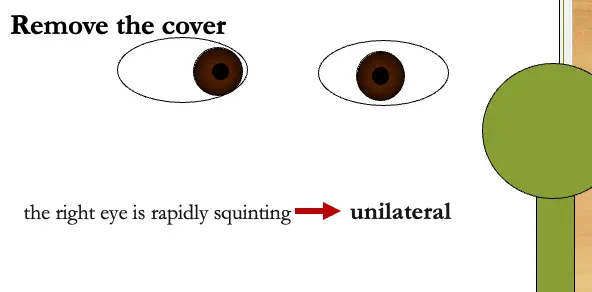
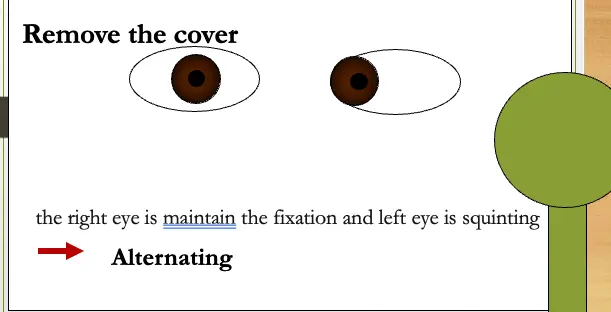
- Is convergent or divergent? By corneal reflection
-
Light image is temporally Convergent
-
Light image is nasally divergent
Convergent (esotropia)
- Light image is temporally
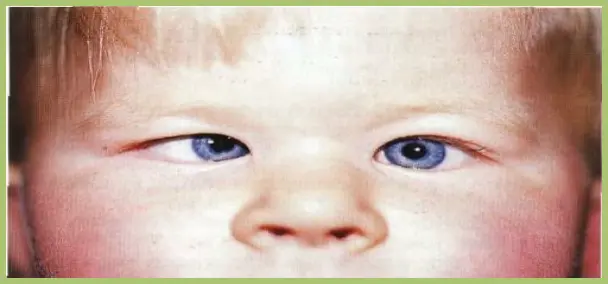
Divergent (exotropia)
- Light image is nasally
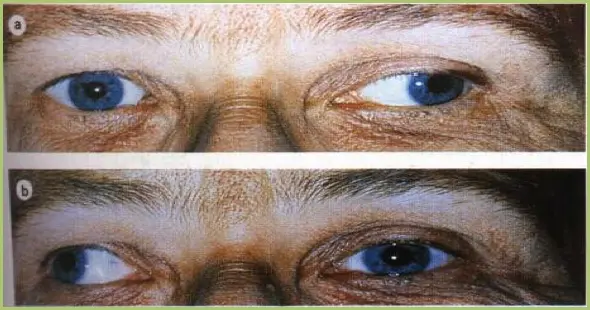
- Squint angle ? By Corneal reflection:
-
Center of pupil=0 degree (No squint)
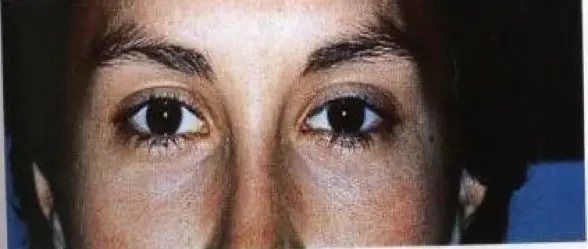
-
At edge of normal size pupil= 10-15 D
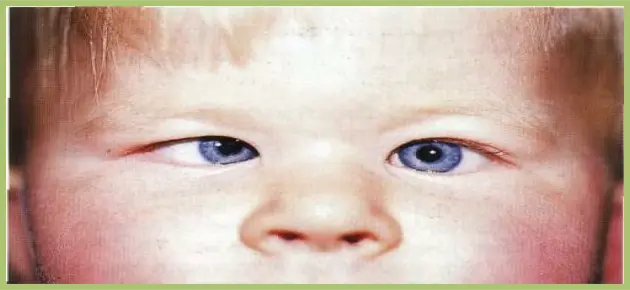
By Corneal reflection:
( ) pupil edge and limbus=20-25 D

By Corneal reflection:
At the limbus=40-45 D
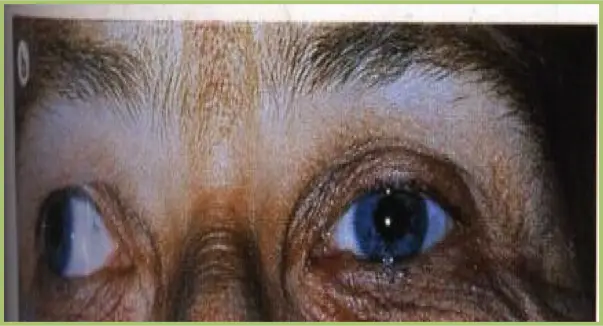
- Is primary& secondary or consecutive? Causes of 2ry squint:
- Unilateral cataract
- Unilateral corneal opacity
- Unilateral RD
- Unilateral IO tumours
- Consecutive ⇒ history

- Is concomitant or paralytic?
By testing ocular movement
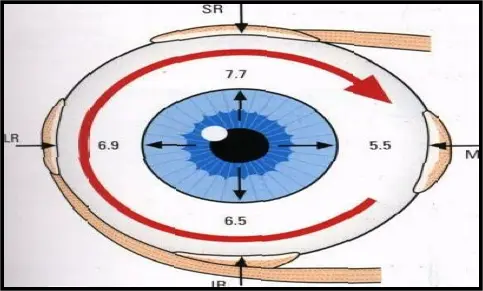
Amblyopia
Why We Treat
- 1- Restore Stereopsis
- 2- Prevent Amblyopia
- 3- Prevent Confusion and Diplopia
- 4- Appearance

Alternative therapy - atropine
- There is no cure for strabismus
- with treatment, the effects of strabismus may be corrected
- the goal of treatment is to help the patient achieve as close to normal binocular vision as possible in every direction of gaze and at all distances
Eye Patch Occlusion therapy - of normal eye
- The stronger eye is patched to force the brain to interpret images from the strabismic eye.
- if amblyopia is present.

Frosted glasses contact lense occlusion
L. Dopa
Vision Therapy
- A non-surgical method of therapy that treats the eye and the brain
- To strengthen or develop visual skills. The optometrist may also use eyeglasses, prisms, eye patches and computerized medical devices during the therapy.

Optical (Eyeglass or Contacts):
- Tell parents that eyes will continue to cross every time glasses are off.
- Glasses are not an alternative to surgery or visa versa
- Treatment of accommodative

Prisms
- The lenses provide comfort and can help prevent double vision from developing.

Eye Surgery
- The muscle positions will be changed or the length of the muscles will be changed.
- Surgery may follow a period of eye patching and then eyeglasses may be used after surgery to help treat strabismus
- In paralytic strabismus treatment is directed to the underlying pathology

Surgical Intervention:
- 1 )Recession: incision in the conjunctiva to expose the muscle, muscle is then disinserted on the globe.
-
- Resection: cutting and shortening of the muscle and attaching it to its original position
Weakening (Recession)
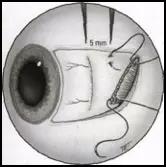
Strengthening (Resection)

esotropia how to treat? Z
- MR: recesing - -
- LR: resection ++
Botox Therapy
- Used as an alternative to eye muscle surgery. The idea is that the drug will temporarily relax the eye muscle, which will allow the opposite eye to tighten and straighten.
- The effects are short-term—about 3 weeks
- Temporarily treatment of diplopia

Take home messages
- Strabismus is a symptom/sign (similar to fever ) which might be the presenting sign of life threatening conditions.
- Parents are always true about their complaint of presence of squint.
- There is nothing called Pseudo strabismus.
- Never patch the eye of a child.


